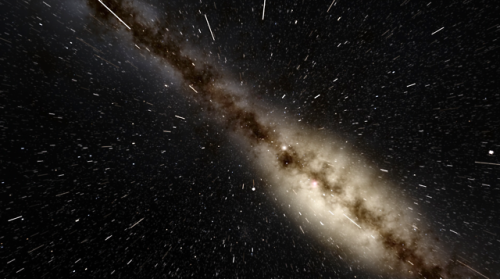The Sun Compared To UY Scuti, Largest Known Star.
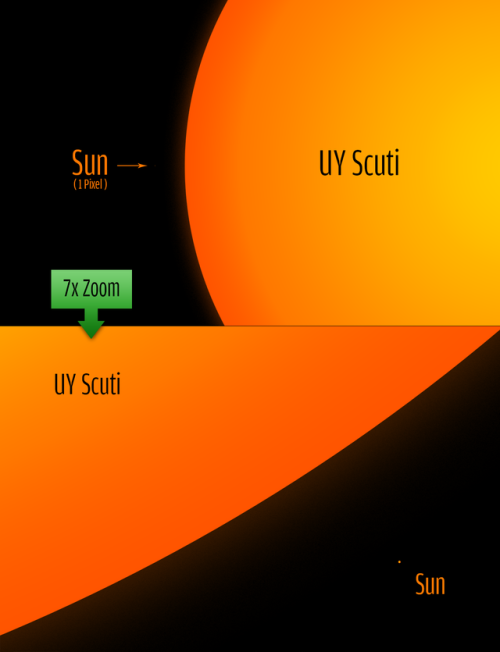
The sun compared to UY Scuti, largest known star.
More Posts from Nyxs-knight and Others



The Tarantula Nebula
You can never escape creepy crawly spiders, not even in the endless vacuum of space. One hundred and eighty thousand light-years away, the Tarantula Nebula is waiting for you to fall into its starry web.
Image Credit: NASA
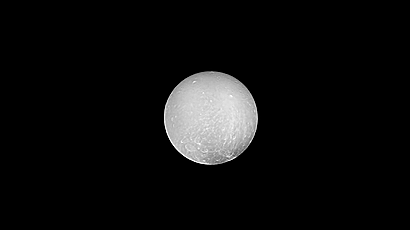
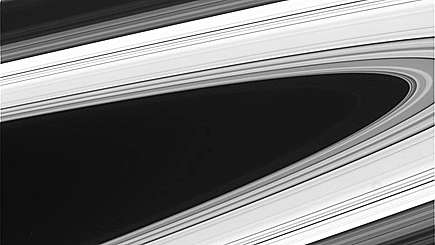
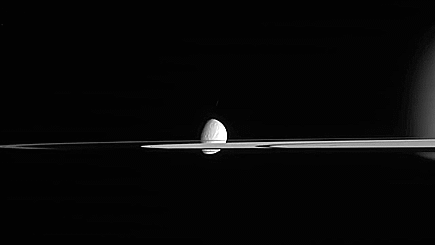
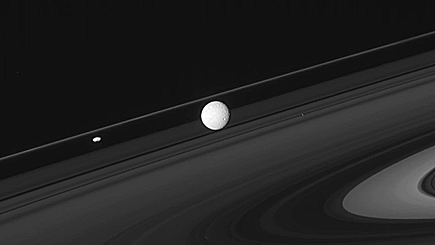
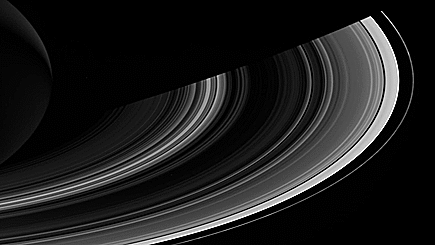
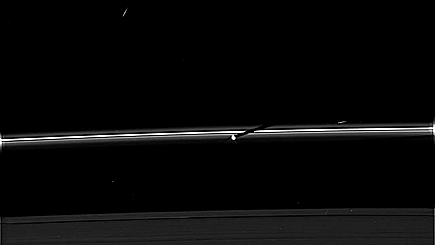
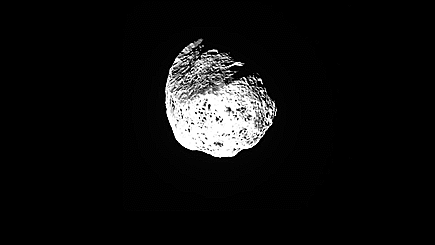
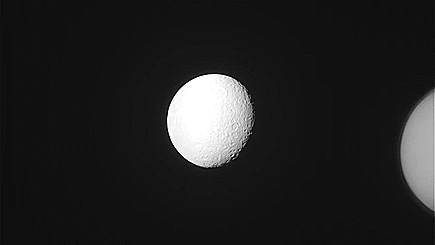
Saturn, rings and moons seen by the Cassini spacecraft wow!
Image credit: NASA/JPL (original video)


my entry for @brideanthology: a short comic about two elderly brides 💛
Sometimes it's fun to play with gender, to subvert and mix words and roles. I like it when my friends call me bro. I like to dress in men's clothes and enjoy the power and respect they represent. I like the cool guy image.
Sometimes it's fun to pass, to accidentally trick and challenge people. They make funny stories, and I feel like a shapeshifter making fun of the social order.
But I always return to myself. Underneath it all is my real, unchangable female self, and I am a woman.
I am a woman with a shaved head. A woman in a suit. A woman called sir and bro and he. A woman who's rough and tough and handsome and bold.
I am a woman in rebellion, and there are no words or clothes or assigned roles or social standards that can take it from me.

*heavy metal guitars wailing* Find this illustration in my shop as an art print, sticker, tees, and more! Visit the shop link in my main profile.

Alpha Scuti
The brightest star in the small southern constellation of Scutum, and just under 200 light years from Earth.

The star sits in front of the main body of the Milky Way’s central region, giving it a spectacular star field behind. Many of the background stars lie between 2-10,000 light years behind it, with a few over 17,000 light years. It’s important to remember, we can only see the very brightest of the stars in the milky way, a star like our Sun is only visible by the naked eye not far beyond 32 light years, so stars 1000′s of light years away are incredibly luminous, but also maybe only a tiny % of the actual stars that lie there.
Alpha Scuti was once a star not too dissimilar to our own sun, but has since began the process of falling out of the main sequence and becoming a red giant. Although only 1.3 times the mass of our sun, it has now bloated to 20 times our sun’s radius and 186 times brighter than the sun.
-
 jamiefoxxhairline reblogged this · 2 months ago
jamiefoxxhairline reblogged this · 2 months ago -
 nyxs-knight reblogged this · 4 years ago
nyxs-knight reblogged this · 4 years ago -
 nyxs-knight liked this · 4 years ago
nyxs-knight liked this · 4 years ago -
 critteronimo liked this · 4 years ago
critteronimo liked this · 4 years ago -
 greasebloke reblogged this · 5 years ago
greasebloke reblogged this · 5 years ago -
 greasebloke liked this · 5 years ago
greasebloke liked this · 5 years ago -
 recklessrelentlessandbrave reblogged this · 5 years ago
recklessrelentlessandbrave reblogged this · 5 years ago -
 aquariusfangirl reblogged this · 5 years ago
aquariusfangirl reblogged this · 5 years ago -
 aquariusfangirl liked this · 5 years ago
aquariusfangirl liked this · 5 years ago -
 spooky-puptarts liked this · 5 years ago
spooky-puptarts liked this · 5 years ago -
 bluegirlartist liked this · 5 years ago
bluegirlartist liked this · 5 years ago -
 tweedvagabond liked this · 6 years ago
tweedvagabond liked this · 6 years ago -
 nightmare-4-you liked this · 6 years ago
nightmare-4-you liked this · 6 years ago -
 the-mirror-sunflower-owo liked this · 6 years ago
the-mirror-sunflower-owo liked this · 6 years ago -
 h1k4r1-0000 liked this · 6 years ago
h1k4r1-0000 liked this · 6 years ago -
 melancoliiee liked this · 6 years ago
melancoliiee liked this · 6 years ago -
 weird-kids-with-weird-friends liked this · 6 years ago
weird-kids-with-weird-friends liked this · 6 years ago -
 emeraldknight47 liked this · 6 years ago
emeraldknight47 liked this · 6 years ago -
 manglednatalia liked this · 6 years ago
manglednatalia liked this · 6 years ago -
 vainichocolate liked this · 6 years ago
vainichocolate liked this · 6 years ago -
 ya-uzhe-zaebalas liked this · 6 years ago
ya-uzhe-zaebalas liked this · 6 years ago -
 allubinthebard liked this · 6 years ago
allubinthebard liked this · 6 years ago -
 fae-watchingeyes liked this · 6 years ago
fae-watchingeyes liked this · 6 years ago -
 kissmel0ser liked this · 6 years ago
kissmel0ser liked this · 6 years ago -
 moonlightjinx liked this · 6 years ago
moonlightjinx liked this · 6 years ago -
 mr-twinkgerald-blog liked this · 6 years ago
mr-twinkgerald-blog liked this · 6 years ago -
 gemstripe liked this · 6 years ago
gemstripe liked this · 6 years ago -
 tarhare liked this · 6 years ago
tarhare liked this · 6 years ago -
 gaysonlyocean liked this · 6 years ago
gaysonlyocean liked this · 6 years ago -
 gaysonlyocean reblogged this · 6 years ago
gaysonlyocean reblogged this · 6 years ago -
 kittyking445 liked this · 6 years ago
kittyking445 liked this · 6 years ago -
 the-greenest-planet reblogged this · 6 years ago
the-greenest-planet reblogged this · 6 years ago -
 the-greenest-planet liked this · 6 years ago
the-greenest-planet liked this · 6 years ago -
 dorkusss42 liked this · 6 years ago
dorkusss42 liked this · 6 years ago -
 kingofthemt liked this · 6 years ago
kingofthemt liked this · 6 years ago -
 lynxpendragon liked this · 6 years ago
lynxpendragon liked this · 6 years ago -
 moth-ski reblogged this · 6 years ago
moth-ski reblogged this · 6 years ago -
 moth-ski liked this · 6 years ago
moth-ski liked this · 6 years ago


